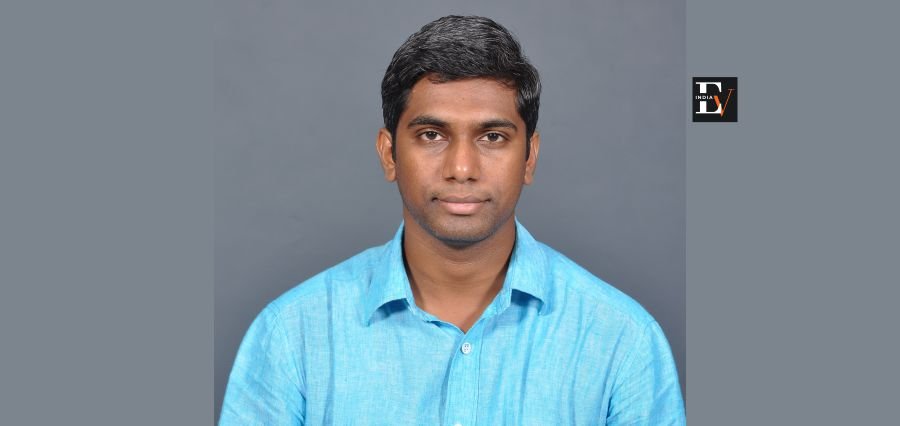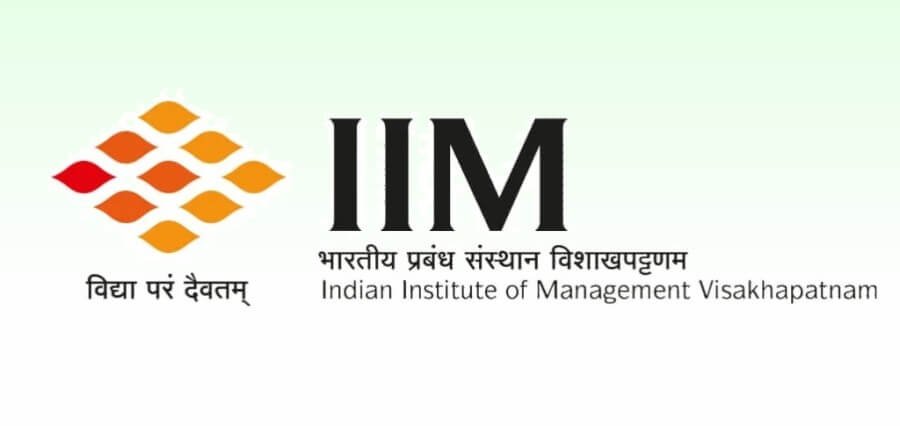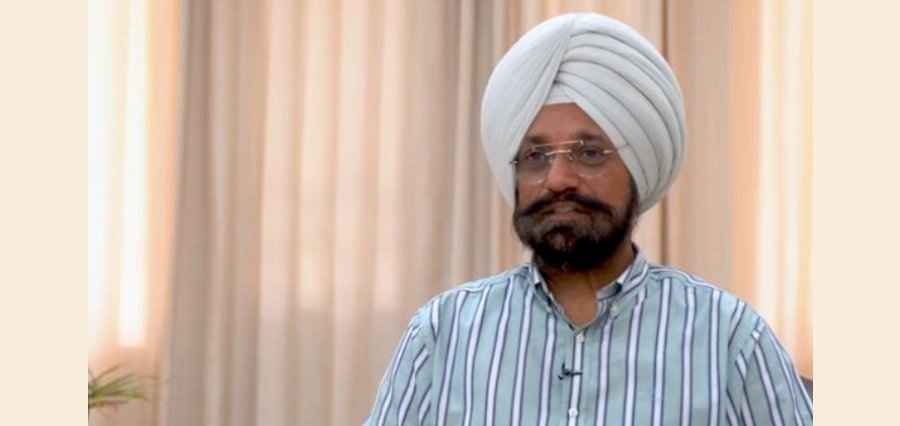Fisheries Engineering extends far beyond the traditional bounds of teaching, blending forward-thinking innovation with contemporary strategies to uphold academic excellence. The role of leaders in this field is critical, as they guide the discipline through continual advancements in technology, environmental policies and sustainability ensuring that students and institutions stay ahead of global shifts.
Leaders in Fisheries Engineering are dynamic and proactive, continually refining curricula and research agendas to address the latest trends in fisheries management, engineering technologies and ecological conservation. Their awareness of challenges such as climate change and evolving international fishing regulations drives them to embrace interdisciplinary approaches that integrate engineering, ecology and policy.
Dr. D. Kesavan, Assistant Professor & Head at the College of Fisheries Engineering, Tamil Nadu Dr. J. Jayalalithaa Fisheries University, embodies this leadership. He is committed to nurturing the next generation of engineers and researchers, nurturing a collaborative, communicative and sustainable learning environment. His efforts ensure that students excel academically while being equipped to make meaningful contributions to global fisheries and resource management, shaping a more sustainable future for the field.
Engaging with Real-world Challenges through Research
Dr. Kesavan’s academic journey began with a curiosity about chemical interactions, sparked during his undergraduate studies. Inspired by professors who combined a passion for research with a commitment to teaching, he realized that academia was about more than personal achievement—it was about contributing to a greater community of knowledge.
Their guidance helped him recognize the transformative potential of research in solving real-world problems while also developing the intrinsic joy of learning. Mentored by distinguished figures like Prof. Dr. R. Karvembu, Prof. Dr. Kousaku Ohkawa and Dr. M. Muthu Tamizh, Dr. Kesavan’s belief in the power of education strengthened. Their influence continues to fuel his dedication to advancing research and teaching, driving his ongoing academic aspirations.
A Guide to Effective Planning
Dr. Kesavan excels at balancing teaching, research and personal life through careful planning and prioritization. Each year, he sets clear goals for each area, such as preparing lectures, applying for research grants and dedicating time to family and personal interests. To stay organized, he writes down his activities in a diary, blocking time for each responsibility.
Recognizing the need for flexibility, he adapts to unexpected demands while setting boundaries for self-care and relaxation to prevent burnout. For him, maintaining balance involves ongoing reflection and a willingness to adjust to stay effective in all areas of life.
The Future of Engaging Learning Environments
Dr. Kesavan employs a variety of interactive tools to make his classroom more engaging and dynamic. For instance, he integrates Mentimeter to conduct live polls and quizzes and create word clouds, which encourage students to actively participate and share their thoughts in real-time. He utilizes other online platforms to foster collaboration and promote friendly competition among students.
Through the incorporation of multimedia, group activities and discussion-based learning, he creates an environment that actively engages students with the material and with one another. This approach not only enhances student participation but also makes learning more interactive and enjoyable, developing a more vibrant and inclusive classroom experience.
The Intersection of Nature and Professional Development
Dr. Kesavan approaches continuous learning with curiosity and a drive to embrace new challenges. Inspired by nature’s processes of growth and adaptation, he stays informed by attending industry webinars, reading books and articles and taking online courses. He values feedback from students, colleagues and mentors, using it to refine his skills.
For example, after learning that Python could enhance chemistry teaching, he proactively learned programming. By staying adaptable and seeking out new knowledge, he ensures his development aligns with emerging trends, enabling him to stay relevant and effective in his field.
Cultivating Intellectual Curiosity in Learners
Dr. Kesavan’s teaching philosophy centres on student-driven learning, encouraging students to actively engage with their education. He challenges them to question the fundamentals, prompting them to explore not just what but also why and how concepts work. By incorporating case studies, he connects theoretical knowledge to real-world applications, helping students see the practical relevance of their learning.
This approach fosters critical thinking, enhances problem-solving skills and promotes lasting comprehension. He aims to cultivate intellectual curiosity and equip students with the skills to engage with complex ideas in meaningful, real-world contexts.
The Importance of Curiosity in Education
Dr. Kesavan advises young educators to remain curious and embrace continuous learning to stay adaptable to evolving teaching methodologies. He stresses the importance of staying updated on field developments, as research and ongoing learning help keep teaching practices fresh and relevant.
He encourages educators to focus on student-centered learning, developing an inclusive environment where students feel valued and engaged. Using multimedia and diverse tools can make complex concepts more accessible. He emphasizes patience and flexibility, recognizing that teaching is an evolving journey requiring adaptability and a commitment to personal and professional growth.
Ensure Accessibility in Tech-driven Education
Dr. Kesavan envisions a future where technologies like Augmented Reality (AR), Virtual Reality (VR) and neurotech revolutionize education, offering immersive and interactive learning experiences. He acknowledges the challenges of accessibility and affordability, particularly for socio-economically disadvantaged students and advocates for inclusive, equitable solutions.
As traditional classrooms become less common, he emphasizes the need for flexible, research-based teaching tools to engage diverse learners. A strong proponent of integrating education research, he is committed to ensuring that all students, regardless of background, have access to effective, impactful learning opportunities that foster critical thinking and innovation.





